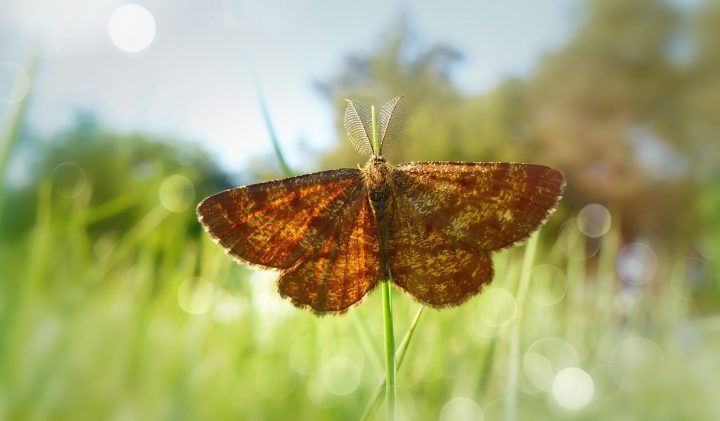The olfactory system of malarial mosquitoes detects carbon dioxide from potential hosts via a sensory mouth appendage, called a maxillary palp.
“Blood-feeding insects, including the malaria mosquito Anopheles gambiae, use highly specialized and sensitive olfactory systems to locate their hosts. This is accomplished by detecting and following plumes of volatile host emissions, which include carbon dioxide (CO2). CO2 is sensed by a population of olfactory sensory neurons in the maxillary palps of mosquitoes and in the antennae of the more genetically tractable fruitfly, Drosophila melanogaster.” (Jones et al. 2007:86)





